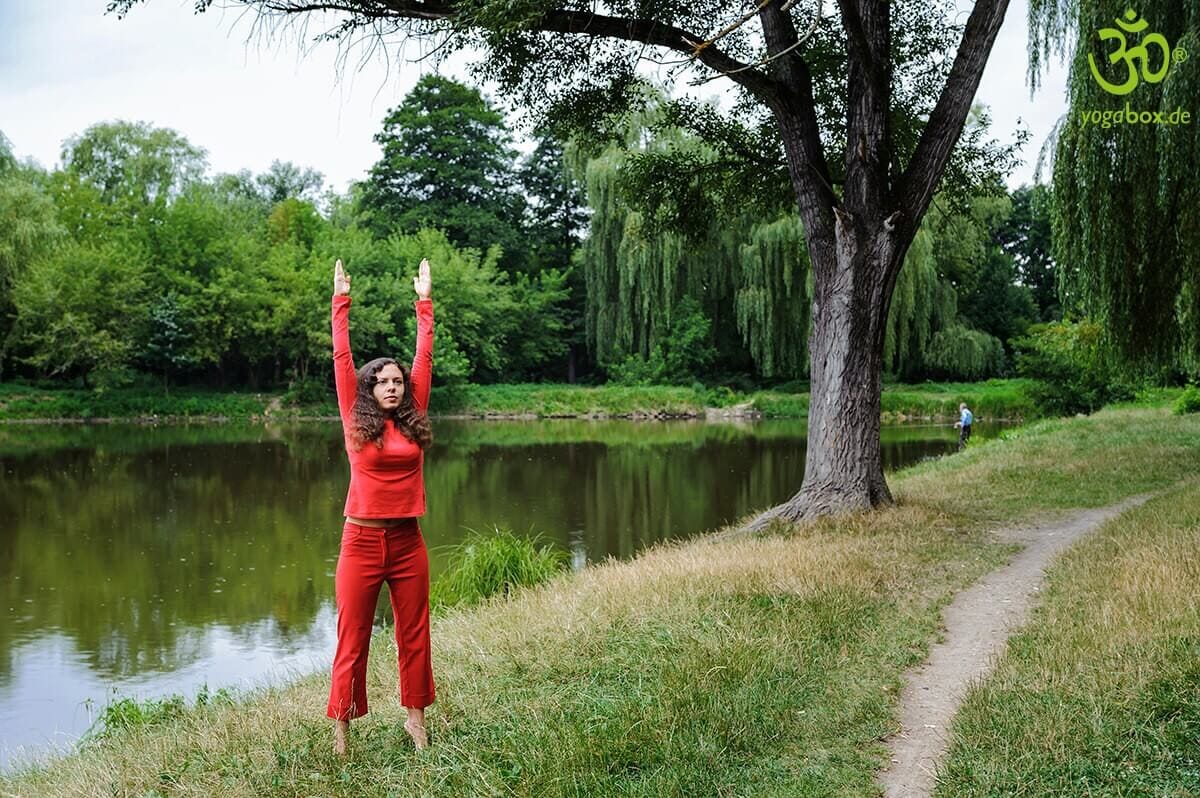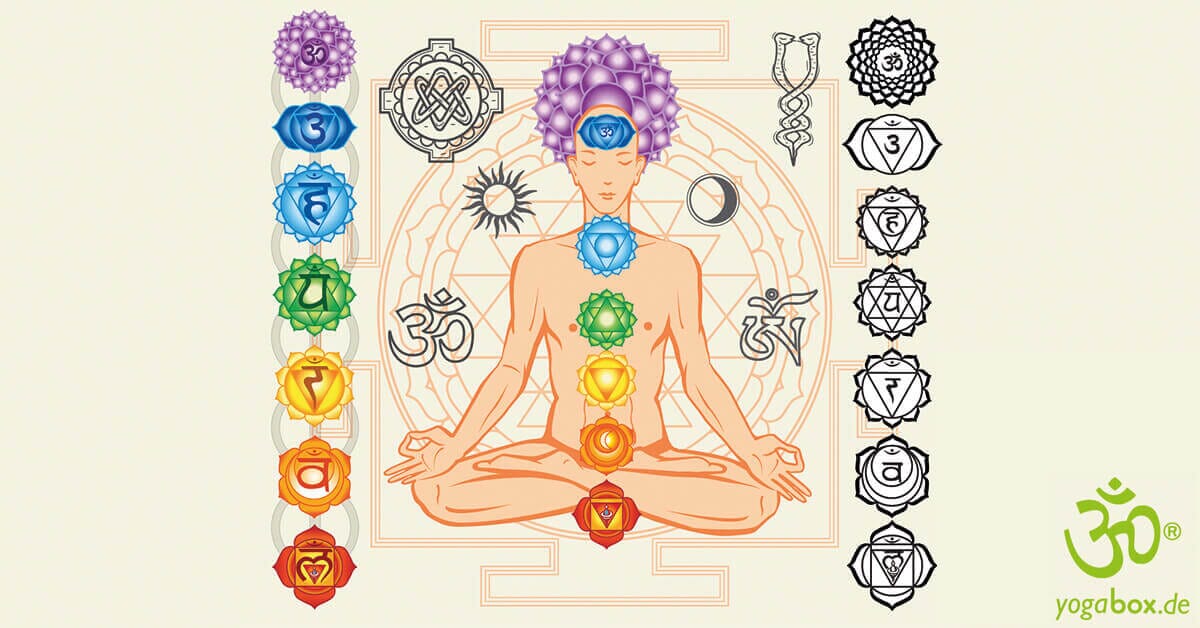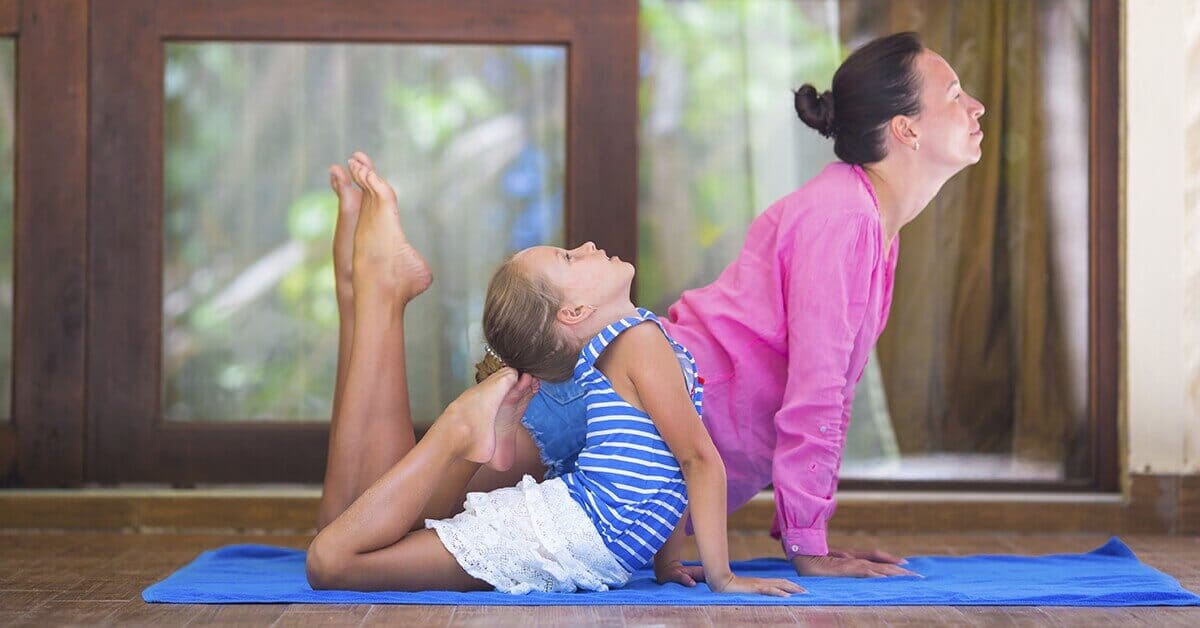Are you looking for relaxation, exercise, and like-minded people? Then a yoga retreat could be just the thing. Everyday life is demanding, and many people reach the point where they finally want to find a way to relax. Whether you've been on your spiritual journey for a long time or are just beginning, in this article you'll learn the most important reasons why attending a yoga retreat is worthwhile.
Rustic Wooden Carved Sign For A Spiritual Retreat Against A Beautiful Leafy Backdrop
Term Retreat: What is a yoga retreat?
Yoga retreats are becoming increasingly popular, and many people long for this very special time away in a beautiful house amidst a wonderful natural setting in the tropics or in the heart of Europe. The trend of incorporating yoga into daily life is also growing. Therefore, in most cases, it's a good idea to combine these two factors.
The word retreat means something like "withdrawal ." This is exactly what you'll experience on the various retreats. Especially if you choose not just a yoga retreat, but also a silent retreat. Here, the focus is on mindfulness, silence, and engaging with one's inner life. Most people also do a digital detox, which further strengthens inner peace. For more variety, it's worth looking around for the best yoga retreats with the best yoga styles.
Because most retreats are held amidst stunning natural scenery, you can look forward to more than just a wonderful yoga journey. The power of nature will flow over you, and you'll emerge from everything feeling significantly more empowered.
What are the seven reasons to attend a yoga retreat?
If you're wondering whether booking a yoga retreat is the right decision, consider the reasons. If several of them appeal to you, it's worth trying this new experience.
Group of young women are meditating in park on summer sunny morning under guidance of instructor. Group of girls outdoors are sitting in lotus pose on yoga mats on green grass with eyes closed
1. You have plenty of time for yourself
Everyday life is stressful, and often there's hardly any time for yourself. If this is the case for you, then you should step out of your usual environment for a while. A yoga retreat can provide the foundation for recharging your batteries and having plenty of time for yourself. Distractions are limited, because apart from yoga sessions, delicious food, nature, and yourself, there's nothing to stress you out.
2. Great new acquaintances
Depending on where you live, there are often not many people who think like you. On a yoga retreat, however, you will meet many like-minded people. This will strengthen you in a lasting way. Often, you can maintain contact even after the yoga retreat.
3. You do something good for your body
If you don't get much exercise or movement in your daily life, a yoga retreat can strengthen your body and change your habits. Once you've gotten to know yoga, it will be much easier for you to incorporate daily asanas into your morning or evening routine. You'll notice a difference in your body relatively quickly if you practice yoga sessions daily during your retreat. You won't want to miss this – even in a stressful daily routine.
4. Pure relaxation
Body, mind, and soul are stressed or under pressure when everyday life is challenging. Most people have chosen their daily routine so that they can barely keep up. Therefore, it's important that you take a week off to enjoy the peace and quiet and find inner peace.
But it's not just your mind that can relax: Because the accommodations usually offer the finest vegan/vegetarian food, freshly squeezed juices, and dishes with nutritious superfoods, your body can recharge. In addition, factors such as women's circles, cacao ceremonies, meditation, and breathing exercises play a significant role in helping you fully focus on yourself.
yoga retreat on the beach at sunset, silhouettes of group of people meditating
5. Mindfulness training
Most people are familiar with the inner turmoil: a thousand thoughts and all the things on the to-do list. It's no wonder people long for a new experience and a vacation. On a yoga retreat, you'll experience a completely different life. During this week, the outside world plays a less important role; instead, you direct your entire focus on yourself and your inner world. This strengthens your awareness of the moment and allows you to experience what it feels like to be neither in the past nor in the future, but in this very moment. Suddenly, fears, worries, and insecurities disappear because you can fully immerse yourself in the present.
You'll learn mindfulness while eating, during a yoga session on the mat , while showering, or while taking a walk. You can take this skill with you into your future life.
6. You will learn new yoga styles and intensive meditations
Those looking to intensify their yoga practice can treat themselves to a yoga retreat. As a beginner, you should make sure that the individual sessions and yoga exercises are designed for newcomers—otherwise, it may be overwhelming.
The combination of yoga, breathing techniques, and meditation on a cushion is very beneficial. Many yoga retreats offer excellent sessions for inner balance, focus, and increased mindfulness.
7. Broaden your horizons: You get to know yourself better
In everyday life, we often fail to adopt different perspectives on life. In this context, experiences like attending a yoga retreat can be just the thing for getting to know yourself better. Yoga, meditation, and breathing exercises also help broaden your horizons. By engaging with yourself, you'll discover other sides of yourself. Furthermore, through conversations with other participants, you'll learn about their lives—this provides you with the perfect foundation for self-examination and viewing your life from a higher perspective.
Former problems no longer seem so significant, you discover ideas for improving things in your everyday life, and, ideally, you realize how unique you are and that you can take control of your life. Those who participate in a retreat should take advantage of the shared evenings and activities to learn about other people's experiences—these can, in the best case, be life-changing and deeply inspiring.
Have you ever participated in a yoga retreat? What was your experience?














